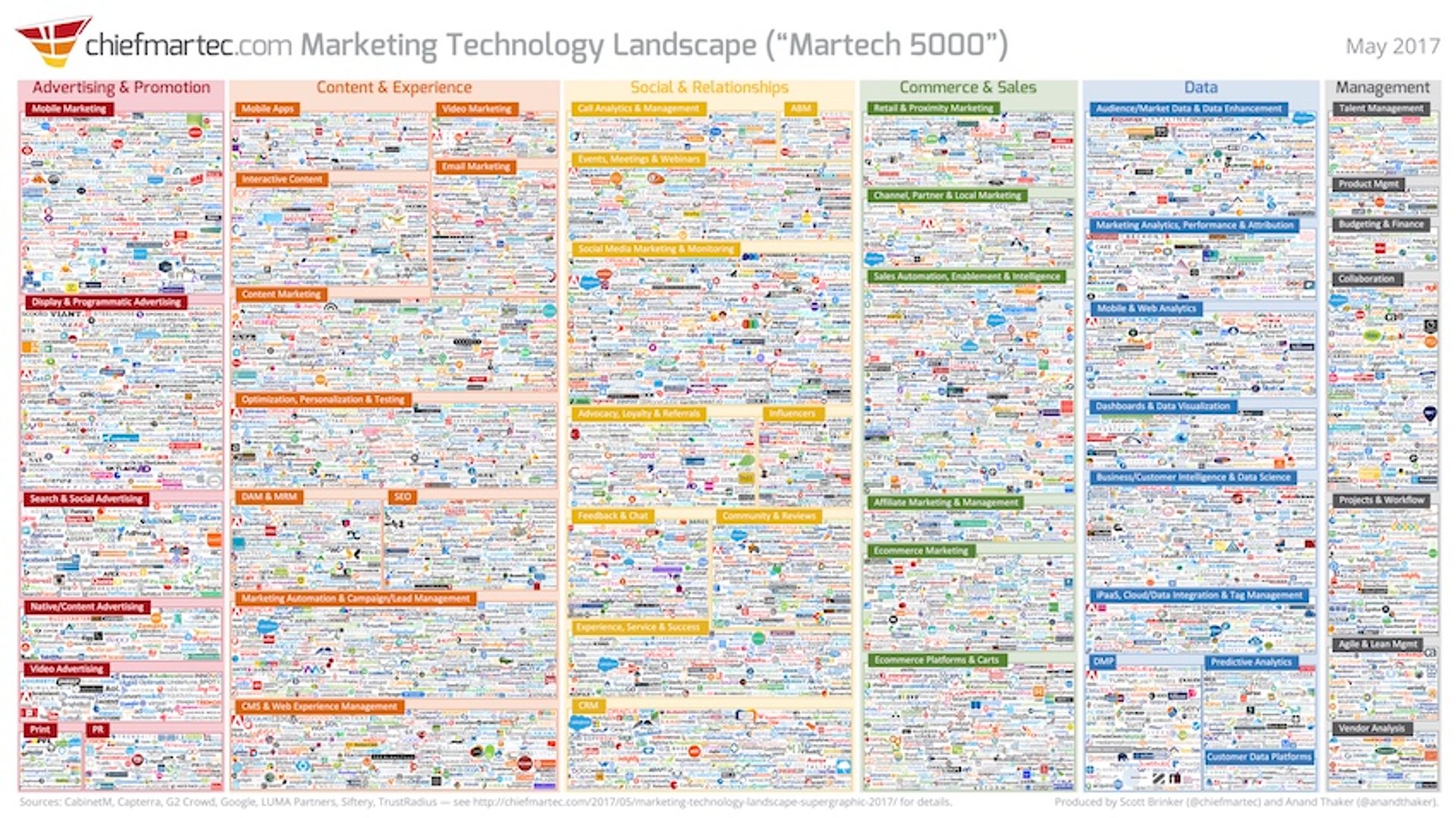SaaS growth stage 101: control and fuel

Published 2023-09-11
Summary - The leaders of high-growth SaaS companies often talk about the simultaneous struggle to maintain control while fiercely driving toward growth. Here's a framework.
Just when SaaS leaders finally begin to feel confident in their product/market fit, it seems a new fear often begins to emerge. It has to do with losing "control," and if you've been around enough startup founders you'll hear them speak of the term as though there is a single agreed-upon meaning.
Their concern is palpable; it's written on their face. They've built something incredible, often both in terms of a product and a team, and right when they've overcome what is often the most difficult part they get a sense that they're barely hanging on:

This coincides with when they are in the growth stage of their SaaS company, which means they're also talking about their pursuit of gaining traction—of really adding fuel to their growth efforts.
Through conversations with many SaaS leaders I've come to see a pattern emerge in regards to the control and fuel components:
- They can both be split into two distinct categories.
- This splitting makes the underlying struggles easier to address.
I'm of the belief that we often fear what we don't understand. In breaking these components down, I'm hoping that growing SaaS companies can reframe how they think/talk about these concepts and therefore take the steps to feel in control even in an inhospitable environment:

SaaS Growth: Control
When SaaS leaders speak vaguely about feeling that "loss of control," here are the two predominant categories they are actually talking about:
- KPIs
- Culture
1. Control and KPIs
In regards to KPIs (key performance indicators), the SaaS leader often feels the pull to measure everything—that is, measure both the truly startup metrics they've relied on (daily active users and net revenue retention, for example) and focus on the key SaaS growth metrics (like monthly MRR growth and churn rate) that will help catapult their growth.
This constant piling on of more and more measurables can be an overwhelming feeling. Additionally, many SaaS leaders take the entirely natural next step of jumping too far ahead—measuring efficiency metrics such as Gross Margin and LTV:CAC rather than remaining focused on growth.
The advice here can be hard to adopt: focus on the KPIs that will get you where you want to go rather than on those that put you where you are or will help you when you are where you want to be.
For a deeper glimpse into which KPIs are most important for each stage, see The 14 key metrics of modern business leaders.
2. Control and Culture
Finding product/market fit and reaching this SaaS growth stage typically involves building a valuable product or service and building at least the framework of a team capable of taking it to market.
Many SaaS leaders fear, as they begin hiring at greater rates than ever before, that the core culture they've grown to love (and perhaps even be attached to) will begin to change.
This is, of course, true.
A growing workplace culture does not live in a vacuum—although it can sure feel like it at first when it's just you and a few of your friends working to grow your dream. Each new hire introduces new elements, and each of these new elements may enliven or snuff out something that once existed.
This particular sense of losing control over your culture is quite different than a lack of KPI control, but they are often talked about as though they are synonymous. The smartest SaaS leaders I've met split them apart, think about them independently, and carve out a plan to address each.
For one glimpse into how a growing company worked to at once preserve and shape its culture, check out The Untold Story of Buffer's Values: Why We Created Them, and Why It Hurt.
SaaS Growth: Fuel
When SaaS leaders speak vaguely about their growth struggles, their want and need to add fuel to the fire, here are the two predominant categories they are actually talking about:
- Tools
- Processes
1. Fuel and Tools
I've watched it (and been part of it) several times now. A growing SaaS company is ready to build out and empower their marketing and sales teams, and then they run into this:

And it's not only the tools. It's the vendors themselves pushing the tools, the endless barrage of emails, LinkedIn messages and Twitter DMs asking you to try this one out or otherwise telling you why, if you want to grow, you need what they're pushing.
Then there's the time spent tinkering around during free trials, asking questions on demos, and the learning curve after you've decided.
Again, it can feel completely overwhelming and it can drain a young and hungry growth team's precious time. But be patient.
Because once you locked in the right tools and platforms (we use many at Klipfolio, with my team being most active with Trello, Airtable, Influitive, Marketo, Drupal and Moz, to name a few), you're ready to wrap processes around your use of those tools.
Which is when even great teams with great tools often fall flat.
2. Fuel and Processes
As Jonathan Taylor wrote about, a hungry team with the best tech stack does not a good team make.
Fueling growth takes, among other aspects (including the culture we mentioned earlier), process.
Yup, boring old process. It can be exhilarating, even if only for a second, to think that your investment in some shiny new tool will be your growth rocketship.
But it's actually the processes—those daily and weekly team habits you form that slowly build into a cadence you no longer have to think about—that allows you to at once maximize your use of those tools and get back to a place of feeling in control.
This demands delegation (everybody should not be simply jumping into everything) and it demands diligently optimizing communication channels.
Regarding the latter, and to close out this article about the complexity of SaaS growth, take a moment to consider the image Cyrus Molavi pointed out in his piece on team size:

See Also:
How to establish key business metrics
Transparency and business: Four critical things business owners need to know
Related Articles

Promoting data literacy with metrichq.org and the power of AI
By Allan Wille, Co-Founder — October 12th, 2023
22 expert informed metrics for SaaS Head of Finance
By Jonathan Taylor — May 25th, 2022
How to design a SaaS metrics dashboard
By Emily Hayward — April 27th, 2022

